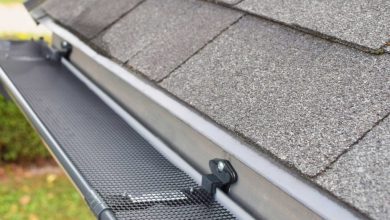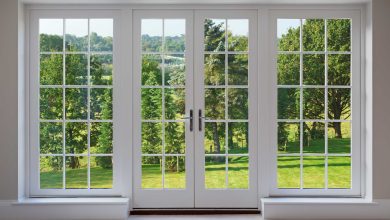
PPR stands for “Polypropylene Random Copolymer.” PPR has become an indispensable replacement for cold galvanized pipes in all hot systems. It is one of the essential components of the plastic pipe business. It has a simple installation process, has a bright, smooth inside surface, and is lightweight.
PPR pipes and fittings have a great lifespan and are composed of high-quality raw materials classified into three categories: heat, pressure, and chemical durability.
It is mainly of three types:
Type-1 (polypropylene homopolymer)
Type-2 (polypropylene block copolymer)
Type-3 (polypropylene block copolymer)
Piping is a necessary and functional component of most structures. Despite its scarcity, clean water must be distributed for drinking and other purposes. It is also critical to transport wastewater away from structures to be treated and reused. Today, a wide variety of pipe materials are available. PPR pipes have many features. Besides, you can use them for multiple purposes. If you want to know the different features and uses of these pipes, read the article below to get informed.
Features of PPR Pipes And Fittings
Low Thermal Conductivity
Low thermal conductivity is one of the most important features that makes PPR pipes a great choice for plumbing. PPR pipes have limited thermal conductivity. This means that the liquid passing from the pipe is sent to the end destination in its initial form without any temperature fluctuations. So, these pipes are perfect for both the summer and winter seasons. They keep the water temperature steady and unreactive to varying weather conditions.
Increased Lifespan
These pipes can last for more than 50 years in different environmental conditions. Furthermore, they can transmit both hot and cold water without cracking. PPR can withstand the pressure and strain of hot water without causing any leaks. It has a 50-year life span and works just as brilliantly under extreme weather conditions as it does in normal climatic conditions.
Efficiency in Ecological and Economic Terms
PPR Pipes are light, portable, and simple to cut and assemble. Besides, you can also replace or remove them easily without additional assistance. These pipes are quite easy to use and are chemical resistant in nature. Therefore, it is highly efficient in ecological terms. In addition, the pipes come at a reasonable price without burning a hole in the pocket, and thus it is efficient in economic terms as well.
Heat and Cold Resistance
One of the reasons PPR pipes are so popular is their resistance to heat and cold temperatures. You can install them in all climatic conditions as they have low thermal conductivity.
Non-Toxic
PPR pipes are safe to use because they do not transport any toxic materials. As a result, it is perfect for transferring purified water because it does not carry impurities. It passes the water in the same condition without any toxic elements hampering its purity.
Long-Lasting
PPR pipes last longer than many other pipes. Due to its heat-resisting properties, the pipes can withstand cold and hot temperatures without cracking or breaking. Besides, it stays unreactive to chemicals. Hence, you don’t have to worry about your frequent replacement and maintenance costs.
Resistance to Abrasion
Hard particles can cause abrasion in pipes. However, if you use these pipes, you will not need to replace them because the hard particles do not damage the pipes. The pipe has a strong surface that is scratch or wear-resistant. These pipes are also resistant to electrolysis.
Applications Of PPR Pipe and Fittings
- PPR fittings and pipes are commonly used in cold and hot water systems. PPR is the best choice for cold and hot water systems due to its ability to withstand extreme temperatures without breaking or cracking. Furthermore, its low thermal conductivity ensures that the fluids maintain the same temperature until delivered.
- PPR Fittings are also helpful in releasing chemical fluids, including industrial waste. Because of its ability to withstand strong chemicals and alkaline solutions, PPR piping is ideal for plumping industries.
- PPR pipes are also used to supply pure drinking water. Since the pipes do not crack easily, the impurities don’t pass through the pipe and pollute the water, even in high temperatures.
- PPR is ideal for use in a building’s heating system. You can install these pipes on floors, radiant heating systems, and wall heating systems.
PPR pipes and fittings have several economic, environmental, and durability features that make them ideal for plumbing activities. If you are unsure which one to buy from the comprehensive range available in the market, you can undoubtedly choose PPR pipes for your purposes. You can install it anywhere, in public places, residences, or industries, and transfer fluids of all temperatures through these pipes without any worries.






